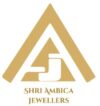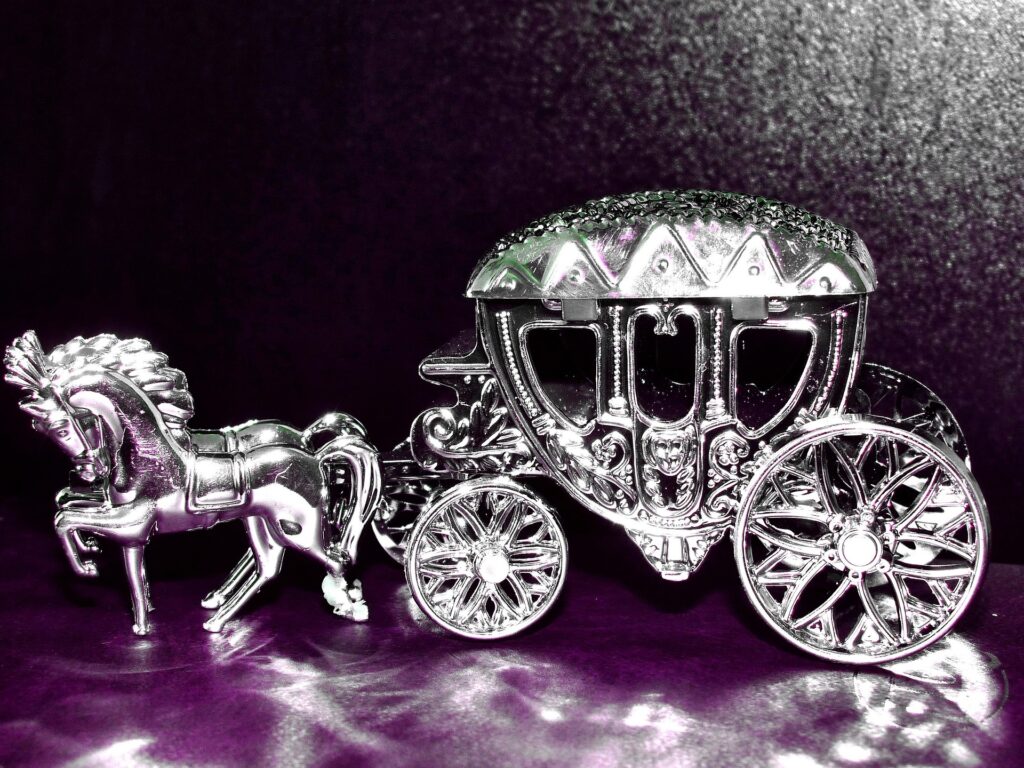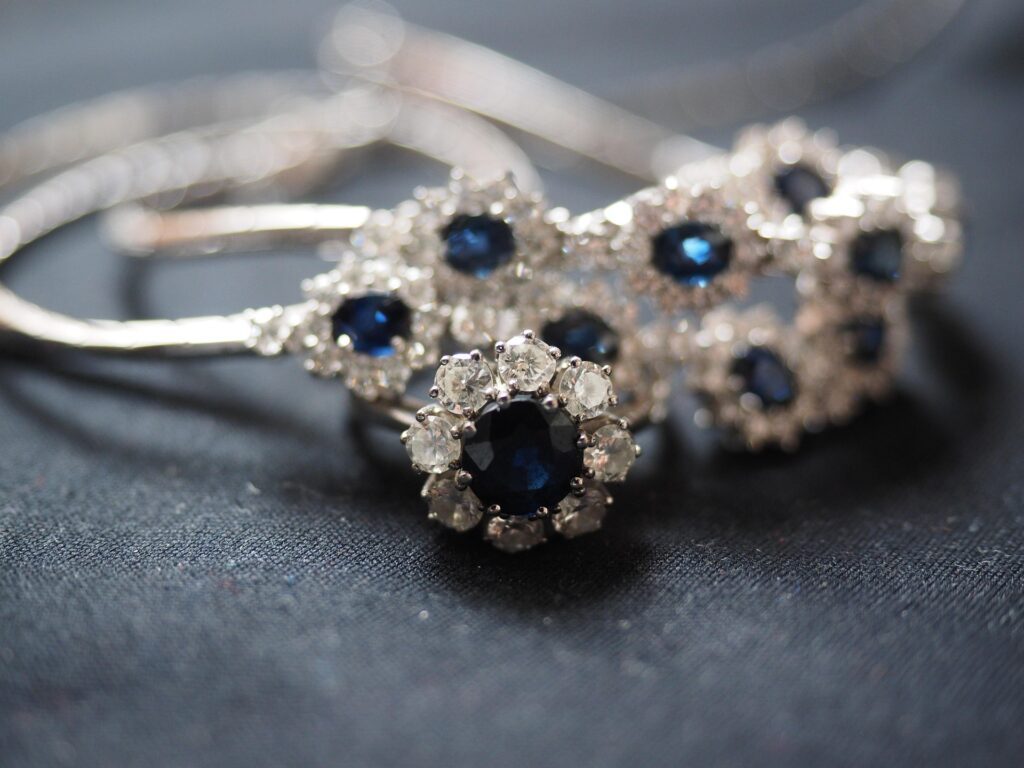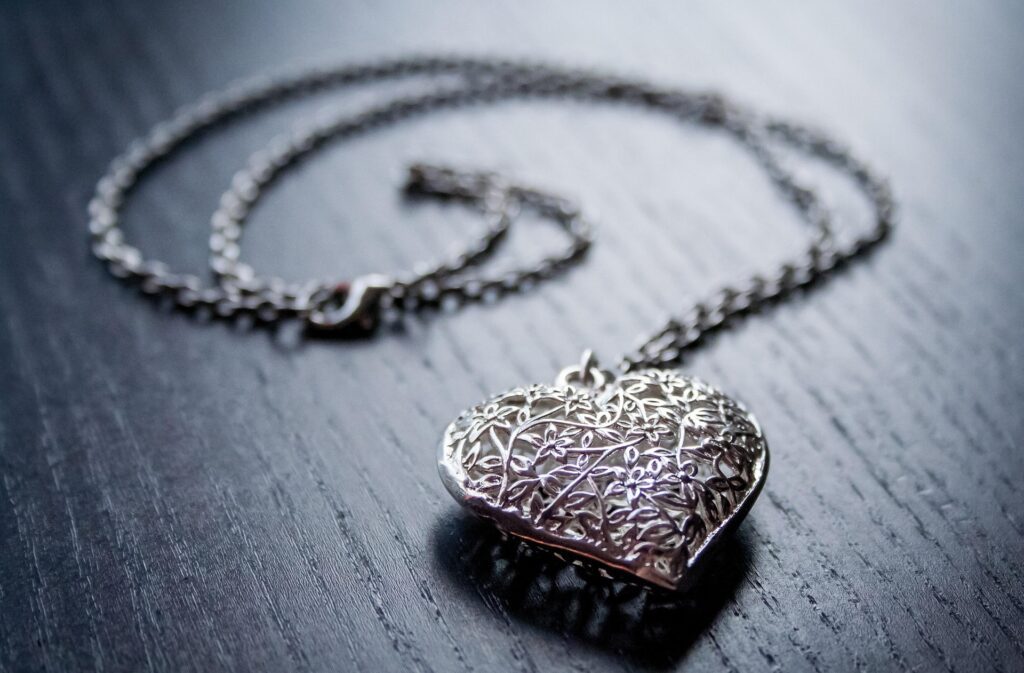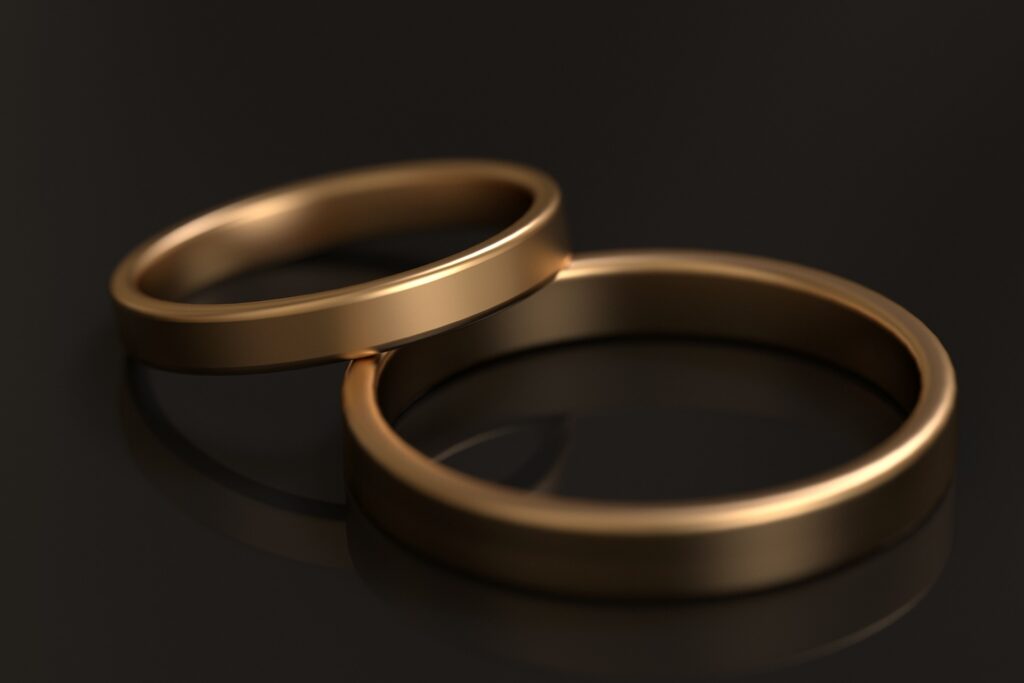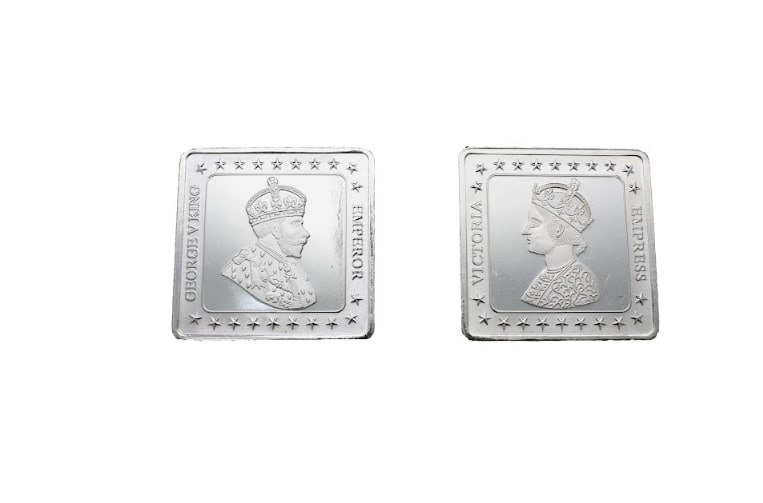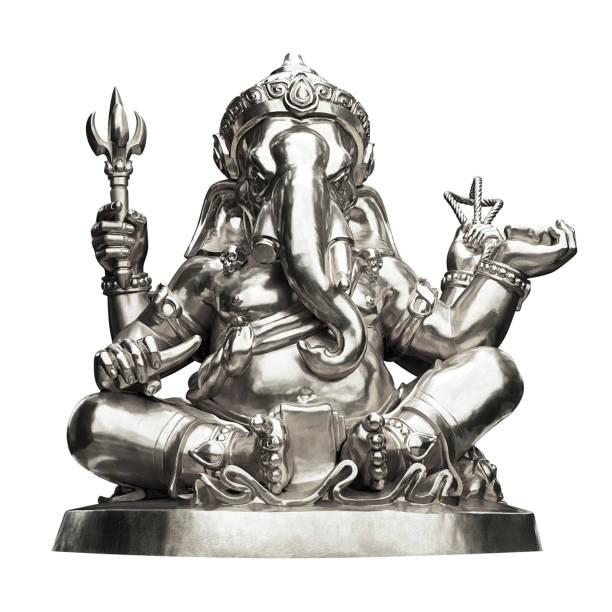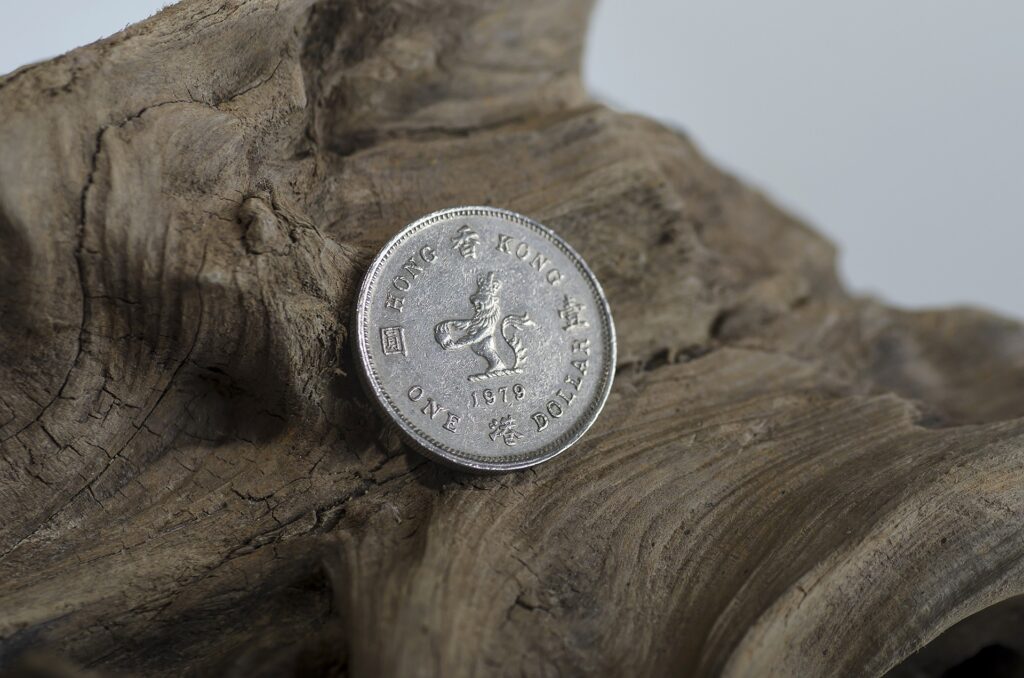How to Identify Pure Silver: A Buyer’s Guide to Authenticity and Craftsmanship
Introduction Pure Silver has always played a vital role in the cultural and economic lives of people, particularly in countries like India. Be it for religious ceremonies, home decor, investment purposes, or personal adornment, silver continues to be a favored precious metal. However, the increasing demand for silver has led to a rise in counterfeit or low-purity products, often marketed deceptively as pure silver. For buyers, especially first-time purchasers, navigating the nuances of silver grades, purity stamps, and craftsmanship can be overwhelming. This blog aims to provide a thorough understanding of how to identify pure silver, appreciate its craftsmanship, and make confident, informed purchases that offer both aesthetic and long-term value. 1. Understanding the Types of Silver (Detailed Overview) Knowing the different types of silver used in products is the first step toward identifying genuine pieces: a) Fine Silver (99.9% purity) b) Sterling Silver (92.5% purity) c) Coin Silver (Typically 90% purity) d) Britannia Silver (95.8% purity) e) German Silver or Nickel Silver (0% silver) 2. Hallmarking: Your Most Reliable Indicator Hallmarking is the certification of the metal’s purity by a recognized authority. Always look for hallmark stamps before purchasing any silver item. a) What Is a Hallmark? b) Hallmarking in India: The BIS Standard c) International Hallmark Systems Hallmarking offers the strongest assurance of silver’s authenticity and value, and buyers should always prioritize hallmark-certified items. 3. Physical Tests You Can Perform at Home Several home tests can provide a good indication of whether a silver item is genuine: a) Magnet Test b) Ice Cube Test c) Sound or Ring Test d) Rub Test e) Smell Test f) Acid Test (with caution) 4. Evaluating Craftsmanship and Detailing In addition to purity, the value of a silver item also lies in its artistry and craftsmanship. a) Detailing b) Finish c) Artisan Marks d) Regional Styles Understanding these traditional techniques helps buyers appreciate the item beyond its weight. 5. Common Misconceptions Debunked Understanding the truth behind common silver myths can help avoid misleading purchases. a) Myth: Tarnishing = Fake Silver b) Myth: Heavier Items Are Always More Valuable c) Myth: Bright Shine Equals Real Silver d) Myth: All Silver Jewelry Is Sterling e) Myth: German Silver Contains Real Silver 6. Smart Tips for Confident Silver Purchases Armed with knowledge, follow these practical steps when buying silver: a) Buy from Reputable Sellers b) Insist on Hallmarked Products c) Understand the Pricing Structure d) Request Proper Invoicing e) Consider Use and Design Conclusion Silver is more than just a precious metal—it is a symbol of heritage, purity, and craftsmanship. But to fully appreciate its value, one must look beyond its shine. Understanding silver’s different types, knowing how to test authenticity, recognizing hallmarking standards, and appreciating workmanship are essential skills for any buyer. With counterfeit products on the rise, an informed purchase decision ensures not just value for money but also the emotional and cultural significance that silver holds. Whether you’re buying a silver coin for investment, jewelry for a loved one, or a pooja thali for your home, let your choice reflect authenticity, tradition, and timeless elegance. Make every silver purchase a confident and meaningful one—because true silver doesn’t just shine, it tells a story.
How to Identify Pure Silver: A Buyer’s Guide to Authenticity and Craftsmanship Read More »
